
50 Amazing Hurricane Facts

Amazing Hurricanes
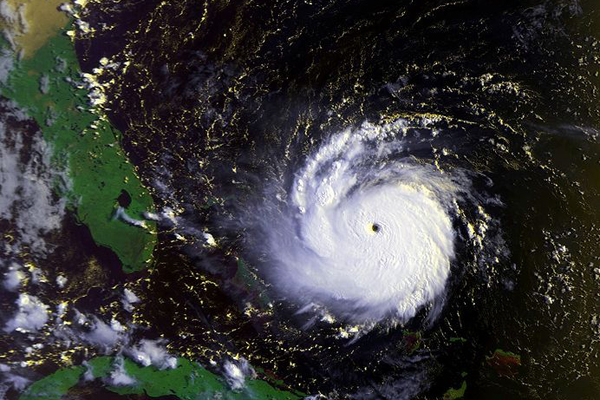
With their roaring winds, torrential rains and storm surge, hurricanes are one of Mother Nature's most dangerous, and stunning, phenomena. They might be called different names in different parts of the world, but their potential impact is the same, and sometimes devastating. Here, we look at some of the most amazing aspects of hurricanes and see which ones have been the strongest, deadliest and costliest.
The deadliest disaster
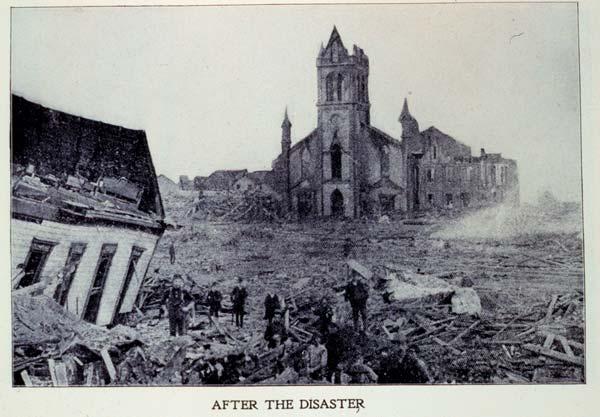
The deadliest weather disaster in U.S. history was an unnamed hurricane that struck Galveston, Texas, on Sept. 8, 1900, as a powerful Category 4 storm, with sustained winds of more than 130 mph (209 kph). It killed an estimated 8,000 people.
Same song, different name
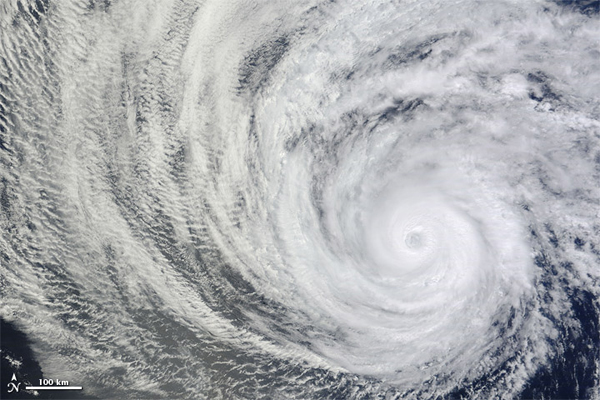
Hurricanes, typhoons and tropical cyclones are all the same phenomenon. They're just called different names in different ocean basins. Tropical cyclone is a generic term for storms spawned roughly 300 miles (480 kilometers) north or south of the equator. When they form in the Atlantic or Eastern Pacific and the sustained winds reach 74 mph, the storms are called hurricanes. They are called typhoons in the western North Pacific and cyclones in the South Pacific and Indian Ocean.
Rare phenomenon

Only three Category 5 hurricanes (the highest category on the hurricane strength scale) have hit the United States since the beginning of the 20th century: the 1935 Florida Keys Labor Day Hurricane, Hurricane Camille in 1969, and Hurricane Andrew in 1992.
Hurricane Katrina
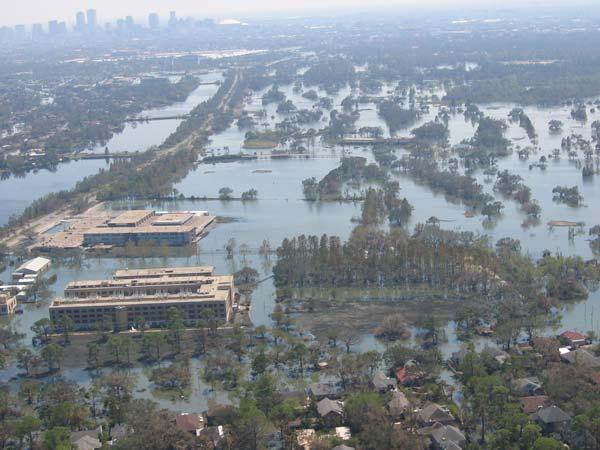
Hurricane Katrina is the costliest hurricane to have ever hit the United States, causing some $125 billion dollars worth of damage in New Orleans and across much of the Gulf Coast. It was a Category 5 storm at one point, but just Category 3 when it made landfall along the Louisiana-Mississippi border.
Extreme pressure

The most intense tropical cyclone ever measured when considering a storm's central pressure (this pressure drops as cyclones become stronger) was Typhoon Tip, which on Oct. 12, 1979, had a central pressure of 870 millibars.
Intense winds

The most intense tropical cyclone in terms of the highest wind speeds measured was Tropical Cyclone Olivia, which struck Australia in 1996. It had wind speeds of 253 mph (407 kph) the fastest wind ever measured on the Earth's surface.
Get the world’s most fascinating discoveries delivered straight to your inbox.
Vast impact

Typhoon Tip, in 1979, can boast the record for the largest tropical cyclone on record. Its gale force winds or those above 39 mph (63 kph) extended out for 675 miles (1,110 km) in radius.
Expected season
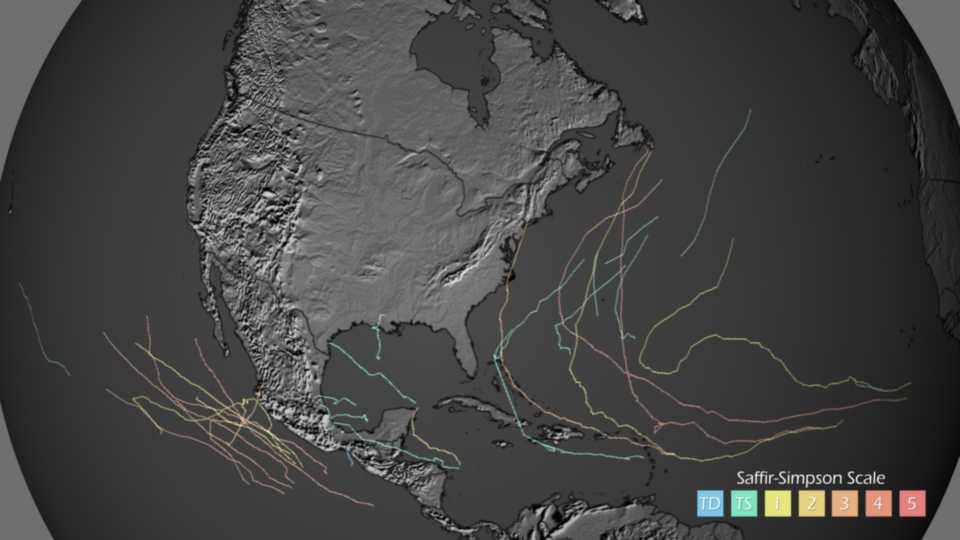
Hurricane season in the Atlantic Ocean basin (including the Gulf of Mexico and Caribbean Sea) runs from June 1 through Nov. 30. Well, normally. Read on ...
Early arrivals
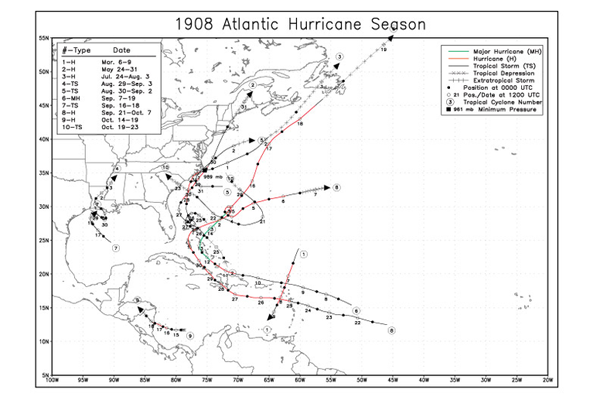
Hurricanes can form before and after the official, human-imposed start and end dates of the hurricane season. The earliest known hurricane to form in the Atlantic basin was an unnamed one that formed on March 7, 1908.
Late comers
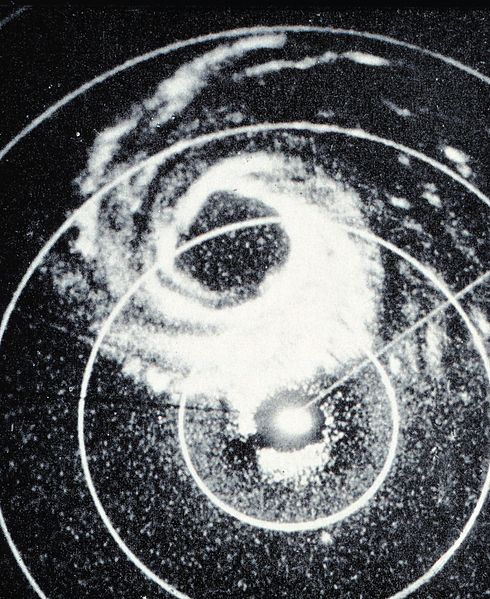
The latest hurricane to form in the Atlantic basin was the second Hurricane Alice of 1955 on Dec. 31 of that year.

